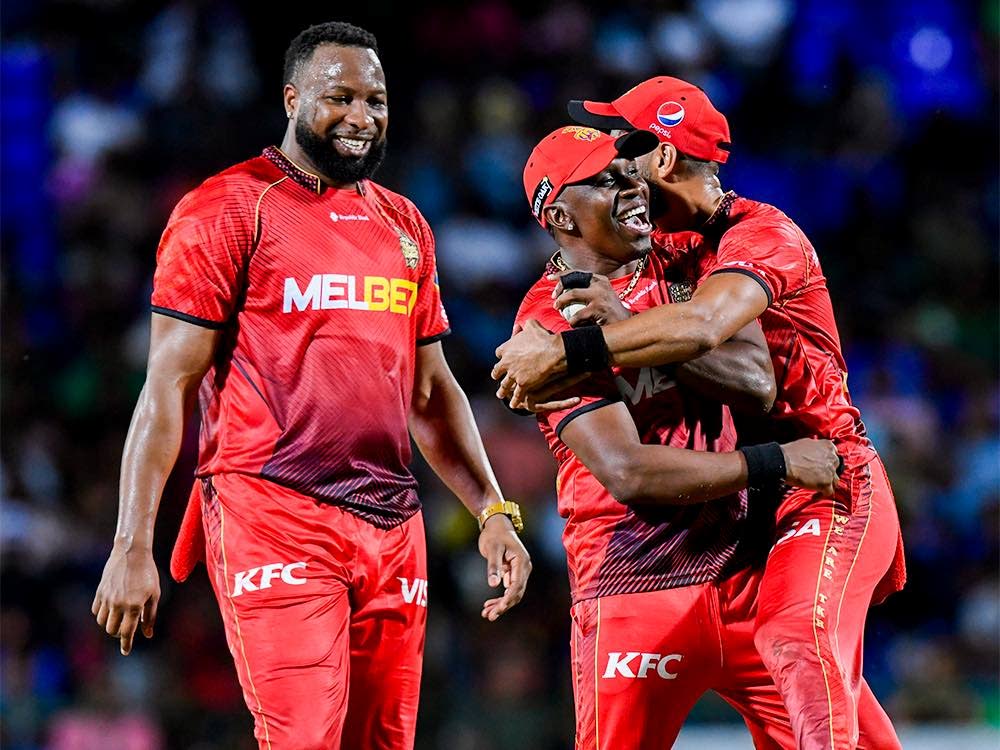The significance of rules

For a professional cricketer, Kieron Pollard, captain of the Trinbago Knight Riders (TKR) team, did not behave professionally in his team’s game against the St Kitts & Nevis Patriots played at Warner Park, St Kitts on August 20.
Before the players even left the field, Pollard alluded to an innovation for the 2023 tournament as ridiculous. It was a new rule that was introduced by CPL’s administrators in an attempt to move the game along at a faster rate so that it would take less time to complete.
The new rules are:
1. If behind the required over rate at the start of the 18th over, one additional player must enter the fielding circle (for a total of five).
2. If still behind the rate at the start of the 19th over, two additional players must enter the fielding circle (for a total of six).
3. If still behind the rate at the start of the 20th over, teams will lose a player from the field (selected by the captain) and thus have six inside the fielding circle.
Of course, there’s a judge to adjudicate the rate in the event of delays not caused by the fielding team, eg TV reviews, ball repairs, player injuries, etc.
Actually, there are sound reasons for this change. Ironically, the rationale for the introduction of limited-overs cricket is for spectators to enjoy a fast-moving game in a shorter time than a first-class cricket match. It improved financial opportunities for players, sponsors and investors.
There is always justification for rules to be amended, mainly to keep improving the game, making it more attractive for patrons.
Pollard was incensed because he absent-mindedly allowed the game to progress while overlooking the rule. He was caught off guard, and his embarrassment was apparent. Would he have made the same fuss if the shoe had been on the other foot and TKR profited by the Patriots’ lapse?
His batting side repaired the damage by winning the game. But a captain must at all times be conscious of the rules under which he’s playing.

Pollard does not make the rules, and if he does not like them, there’s a time and place to raise his objections – certainly not in the public domain. There are rules by which cricket games are governed and players, especially captains, ought not to voice any negative opinions of those rules in a loud manner to officials of the game, nor to reporters, for that is bringing the game of cricket into disrepute.
Administrators set the rules; that’s their job, whether one agrees with them or not.
Once the toss is taken, the captain and players start the game under the rules, and no arguments should be tolerated after that. If the captain doesn’t like it, there is nothing to stop him from withdrawing from the game. Once the toss is taken, he has agreed to play under the rules of the tournament. No player, captain, coach or administrator is greater than the game.
But the TKR captain had this to say: “We just continue to play cricket as we know how to play and if that’s going to determine matches and that’s what you want to see, then we just have to go. We are like the pawns in the whole environment here, so we just gonna do what we are told. We’re going to try to play cricket to the best of our ability, try to play as fast as we can, but I think being penalised for 30 seconds in a tournament like this, I think it’s absolutely ridiculous.”
Pawns? That’s what he thinks the administrators meant? Those who are trying to put in place certain rules to improve the game within a time limit?
As I mentioned before, that was the main reason for introducing limited-overs games to the first-class counties of England in 1963, to make it faster and take less time to conclude, to attract non-cricket lovers to the beauty of the sport. It went from 60 overs to 50, to 40, then to 20 – all for the entertainment of spectators, some of whom never attended a cricket match before. Hence, the rules must be adjusted.
Art, elegance and drama are replaced by wild swipes and dreadful strokes from batsmen, shorter boundaries, fielding restrictions, plus minimum overs for bowlers.


Comments
"The significance of rules"